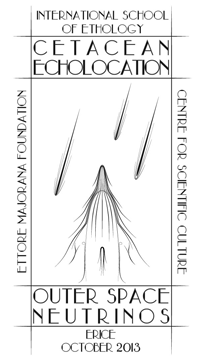Speaker
Henrik Schmidt
(MIT, US)
Description
Underwater acoustic sensing and monitoring is currently transitioning from the traditional platform-centric, human-controlled sensing, processing and interpretation, toward distributed sensing concepts using networks of autonomous underwater vehicles. However, being dependent on acoustic communication with a channel capacity many orders of magnitude smaller than the air and land-based equivalents, the operation of such new distributed undersea observation systems require a much higher level of autonomous, distributed data processing and control than land- and air-based equivalents. Nested Autonomy is a new command and control paradigm, inherently suited for the layered communication infrastructure provided by the low-bandwidth underwater acoustic communication and the intermittent RF connectivity. Implemented using the open-source MOOS-IvP behavior-based, autonomous command and control architecture, it provides the fully integrated sensing, modeling and control that allows each platform to autonomously detect, classify, localize and track episodic acoustic events in the ocean, without depending on any operator command and control. The core enabler of the new undersea sensing paradigm is a multi-objective optimization algorithm HelmIvP which allows the sensing platforms to adapt to changes in the environment and the event being tracked, without any need for operator intervention. The prosecution of an event, such as the detection and tracking of a marine mammal or other sources of sound, may be initiated by the operators or entirely autonomously by an onboard detection capability. The event information collected by each node in the network is reported back to the operators by transmitting an event report, using a dedicated command and control language. Collaborative processing and control is exploited when the communication channel allows, e.g. for collaborative tracking of a coastal front, or the tracking of marine mammals. Examples will be given from several recent field deployments involving several autonomous underwater and surface vehicles for acoustic and oceanographic undersea sensing and monitoring [Work supported by the Office of Naval Research and the NATO Undersea Research Centre].

